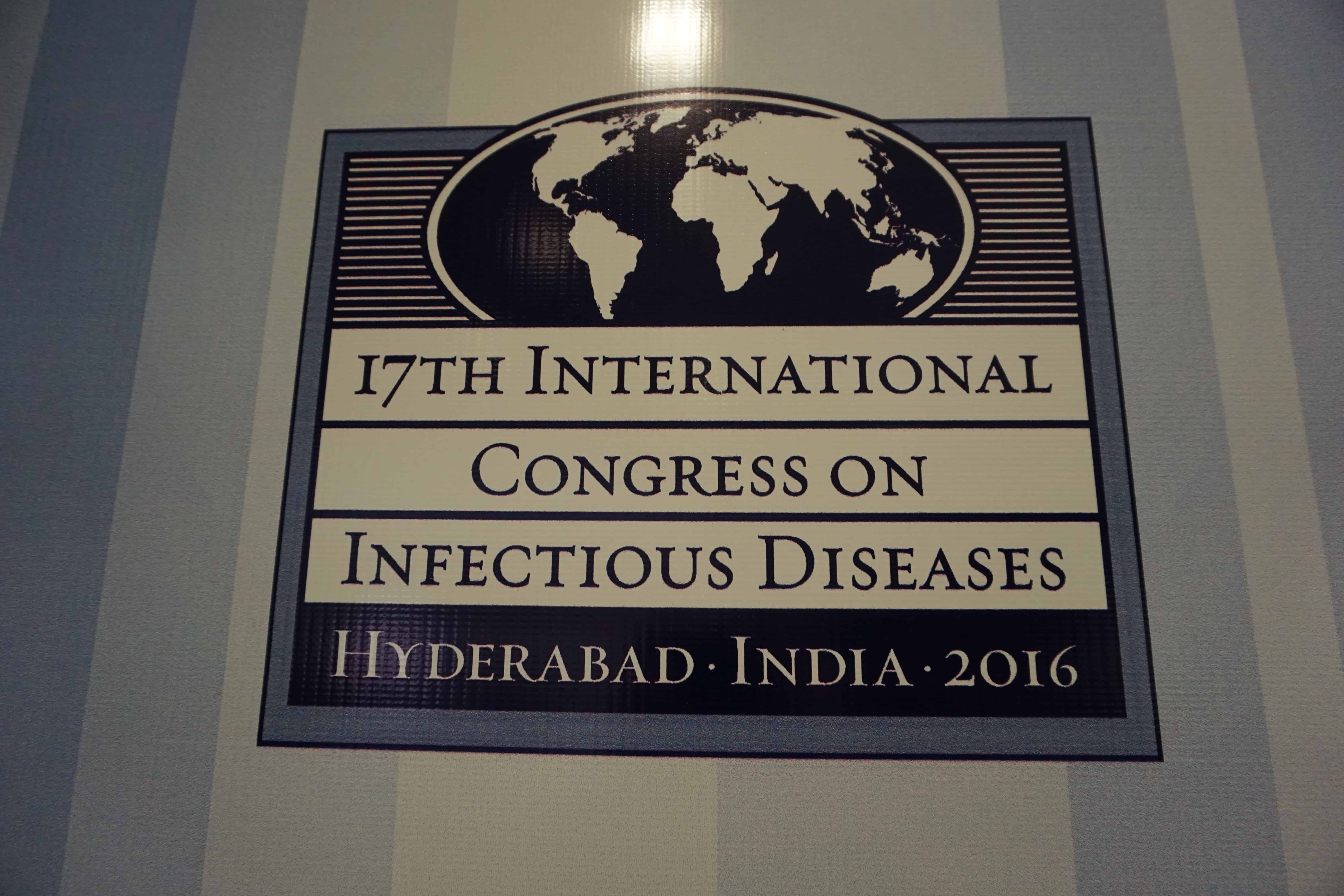March 05, 2016

A weekly roundup of news on drug resistance and other topics in global health.
CDDEP is co-hosting the 17th International Congress on Infectious Diseases, March 2-5 in Hyderabad, India. This biannual meeting of the International Society for Infectious Diseases has attracted 1600 delegates from around the world and features keynote sessions by the stars of the infectious disease world. Dame Sally Davies, England’s Chief Medical Officer, is delivering a keynote on the final day of the Congress, “Antibiotic Resistance: From Problem to Policy to Action.” Antibiotic resistance is on prominent display in symposiums, contributed papers and posters. CDDEP Director Ramanan Laxminarayan is chair of the National Organizing Committee and local host for the Congress. CDDEP co-sponsored the symposium “Antibiotic Resistance: National Actions Contribute to a Global Solution” about experience with the Global Antibiotic Resistance Partnership (see below) and CDDEP Senior Research Analyst Suraj Pant presented a poster on CDDEP’s Drug Resistance Index, a tool that measures the effectiveness of available antibiotics in a given setting, such as a country or hospital. Live coverage of the Congress, including photos and updates on presentations, can be found using the #17thICID hashtag on Twitter, and on CDDEP’s Twitter account. [ICID, DRI, Twitter, CDDEP]
ICID Symposium: Health ministry representatives, GARP working group members and scientific experts from India, Kenya, Nepal, Mozambique and South Africa spoke on March 3 at the 17th International Congress for Infectious Diseases about their countries’ journeys toward national action plans to curb antibiotic resistance. The symposium was organized by Associate Director Hellen Gelband, also one of the speakers, and co-chaired by Ramanan Laxminarayan, CDDEP, and Chand Wattal of Sir Ganga Ram Hospital in Delhi. CDDEP Senior Research Analyst Molly Miller-Petrie wrote a blogpost on the symposium for the CDDEP blog. Several presentations from the symposium are also available on the CDDEP website. [CDDEP, CDDEP]
CDDEP research published in PLOS Medicine details the state of antibiotic resistance in India, identifying major drivers of resistance and noting opportunities for action. CDDEP Director Ramanan Laxminarayan is a co-author of the paper, which notes that in 2010 India consumed more antibiotics for human health than any other country—including a proliferation of over-the-counter, nonprescription antibiotic sales. The authors also write that the confluence of several other factors—rising incomes, poor public health infrastructure, a high burden of disease—have likely contributed to a rise in antibiotic-resistant infections in India. They recommend improving regulation of drug production and sales, better managing physician compensation, and catalyzing behavior change among physicians and patients. [PLOS Medicine]
Many high-income countries maintained or decreased antibiotic use between 2000 and 2010; BRICS countries had the greatest increases in consumption. A new graphic on the CDDEP website illustrates these differences, comparing selected countries’ changes in consumption. The graphic is based on CDDEP researchers’ 2014 paper, “Global Antibiotic Consumption 2000 to 2010: An Analysis of National Pharmaceutical Sales Data.” [CDDEP]
CDC’s monthly March 2016 Vital Signs focuses on preventing healthcare-associated infections (HAIs). CDC’s National Healthcare Safety Network tracked decreases in HAIs between 2011 and 2014, including central-line associated bloodstream (CLABSI), Clostridium difficile (C. diff or “deadly diarrhea”) and surgical site infections. They also estimated that a 30 percent decrease in use of certain antibiotics could reduce C. diff rates up to 26 percent. The strategies for limiting and preventing infections are: 1) preventing catheter-associated infections and infections after surgeries, 2) preventing the sp read of bacteria and 3) improving antibiotic use by diagnosing infections with cultures as often as possible and limiting inappropriate use. [CDC]
Links between Zika and microcephaly, other birth-related abnormalities and Guillain- Barré strengthen. Evidence from French Polynesia linking Zika and Guillain-Barré syndrome appeared in The Lancet and evidence of severe birth abnormalities—including central nervous system damage, blindness, brain calcification, fetal growth restriction, placental insufficiency, and fetal death—was reported in 29 percent of pregnancies of Zika-infected women in preliminary results reported in the New England Journal of Medicine. The first Zika-linked birth defects in Colombia were reported this week, and health officials anticipate a growing wave in the next few months, as pregnancies from women infected with Zika come to term. [The Lancet, Reuters, Nature]
The antibiotic-free meat industry continues to grow in the United States. Tyson Foods launched an antibiotic-free line of pork at the Annual Meat Conference in Nashville. Tyson expects the line to represent less 5 percent of its total pork sales, or up to 1 million antibiotic-free hogs annually. On March 1, restaurant chain giant Subway introduced its first antibiotic-free sub sandwich, a rotisserie chicken sandwich “made with all white meat, antibiotic-free chicken with no artificial colors or flavor.” Subway plans to have fully antibiotic-free chicken in the United States by the end of 2016 and to eliminate all antibiotics in its meat products by 2025. [Quartz, NBC]
Want to share interesting news via the digest? Email [email protected]











